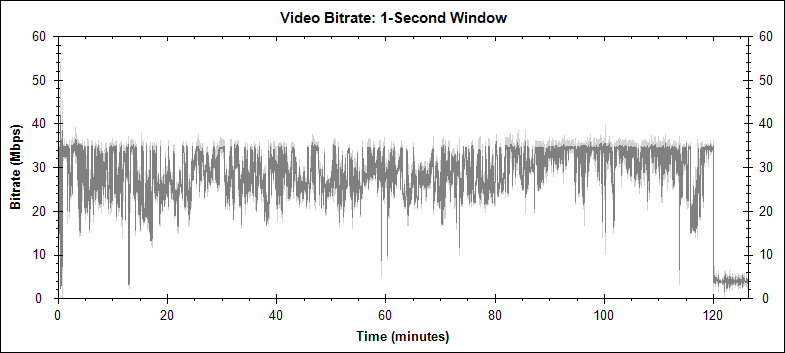 Picture:
Picture:  Sound:
Sound:  Extras:
Extras: 

Download scan of review (JPEG, right click, Save As): Page 1, Page 2
Movie:  Picture:
Picture:  Sound:
Sound:  Extras:
Extras: 
Two of the better movies of 2011 were The Artist and Hugo, both set in the 1920s (starting therein in the case of the first one), both dealing with the early period of cinema in one way or another, and each won five 2012 Oscars.
In Hugo the young eponymous orphan -- apparently a detested species in 1920s France -- continues the work assigned to him by his lost guardian of keeping the clocks adjusted in the Paris railway station. He lives in its secret places and survives on food he pilfers. The station guard, played with touching sympathy and awkwardness by Sacha Baron Cohen, is determined to catch him. Meanwhile Hugo (Asa Butterfield) owes a favour to a stall holder played by Ben Kingsley, who has an unsuspected illustrious past.
The genre is correctly listed on IMDB as Adventure/Drama/Family/Mystery. This is a rare departure from the seamier aspects of existence from director Martin Scorsese, but he weaves a strong and fascinating story.
The Artist concerns the changeover from silent cinema to the talkies at the end of the 1920s, something which left the fictional star, George Valentin, behind. There is no surprise in the outcome of the story -- one of descent and then redemption. Instead this movie is great because of the way it which it gets there.
Almost entirely a 'silent movie', the film is framed at 1.33:1 (a touch squarer than the official 1.37:1 of the time) and presented in black and white. It is the audacity of this, the widespread use of the cinematic conventions of the time, and the sweetness of the characters that make this such a wonderful movie. Its five 2012 Oscars included Best Picture, Best Director and Best Actor.
Although presented in black and white this movie was shot on Kodak colour film, and so converted to monochrome in post production. That being the case I can only assume that it was intentional that the image's brightness gamut did not really stretch all the way to the complete black of the side pillar box black bars. The image often looked just a little washed out, and indeed not always as sharp as it might have. I suspect in part that was all part of the capturing the style of the past.
The sound was very nice indeed. Mostly it was only the brilliant Oscar-winning original score, but there's a dream sequence in which Fellini-like visuals are accompanied by eerie real-world sounds, enveloping the viewer.
Hugo is entirely different in look, with much scenery generated or enhanced in a computer. Its Oscars were for the visuals and the sound. If you want to show off your home cinema system, this is one with which to do it.
 (Australian rating); Region free
(Australian rating); Region free
The following video bitrate graph was generated by BDInfo 0.5.8:
